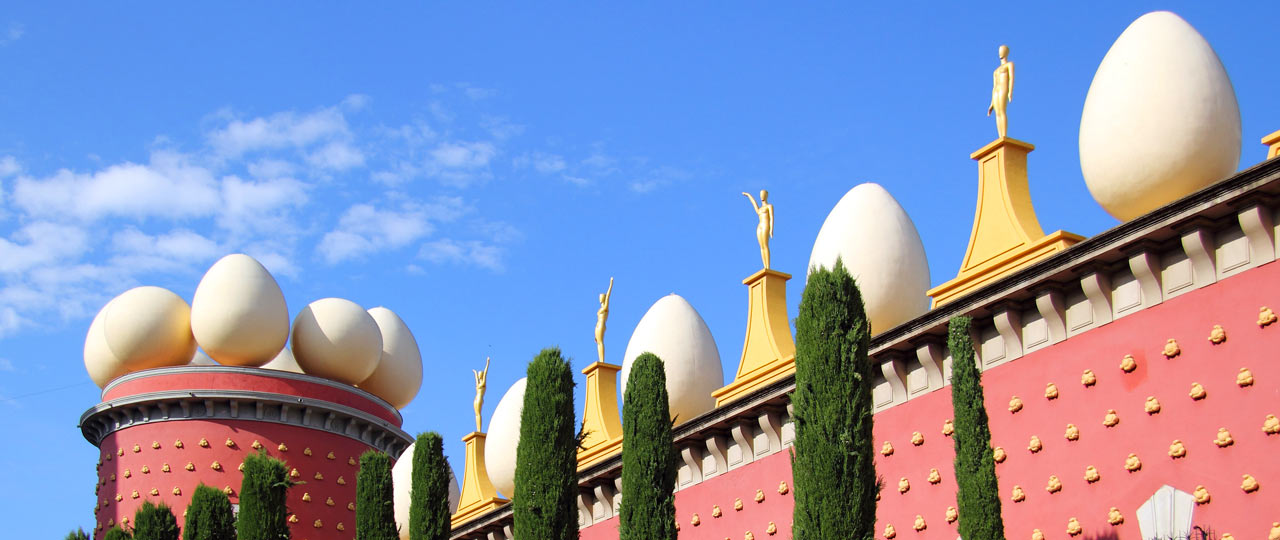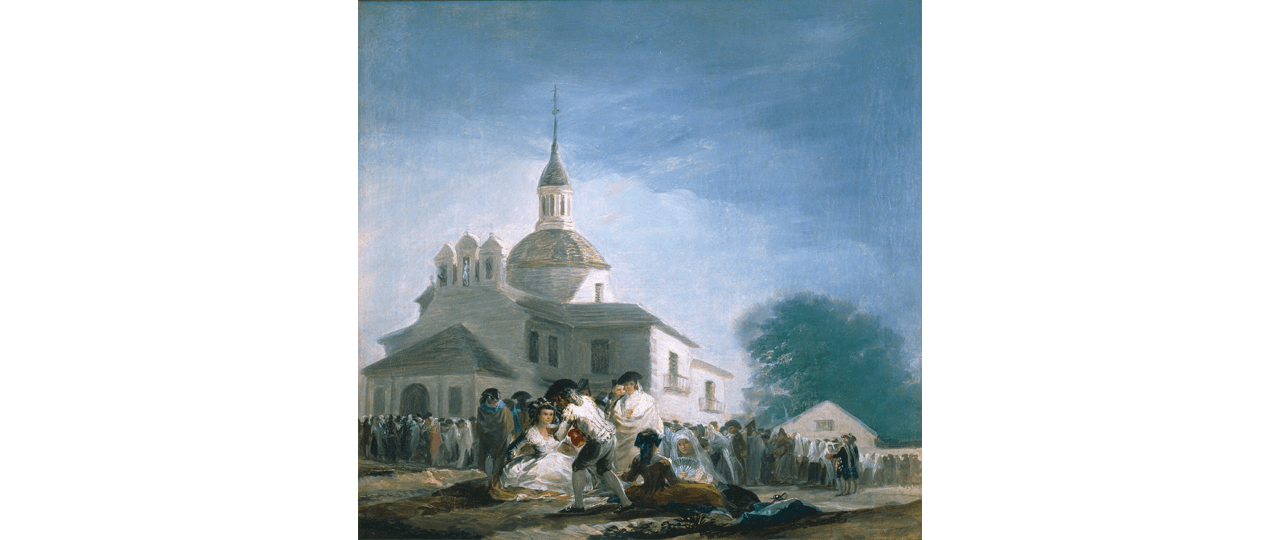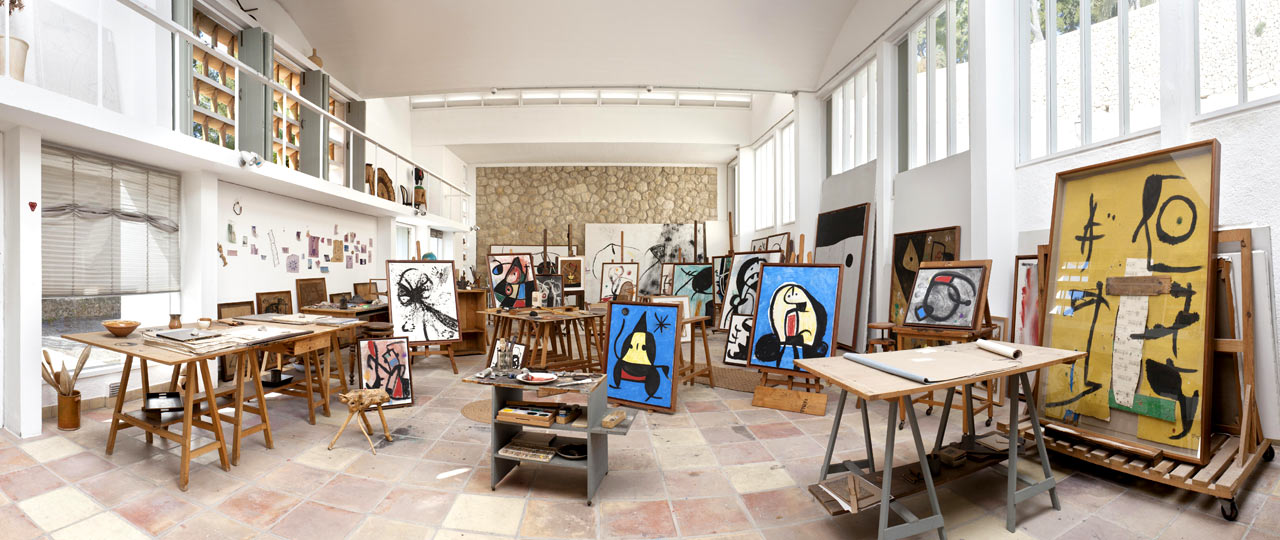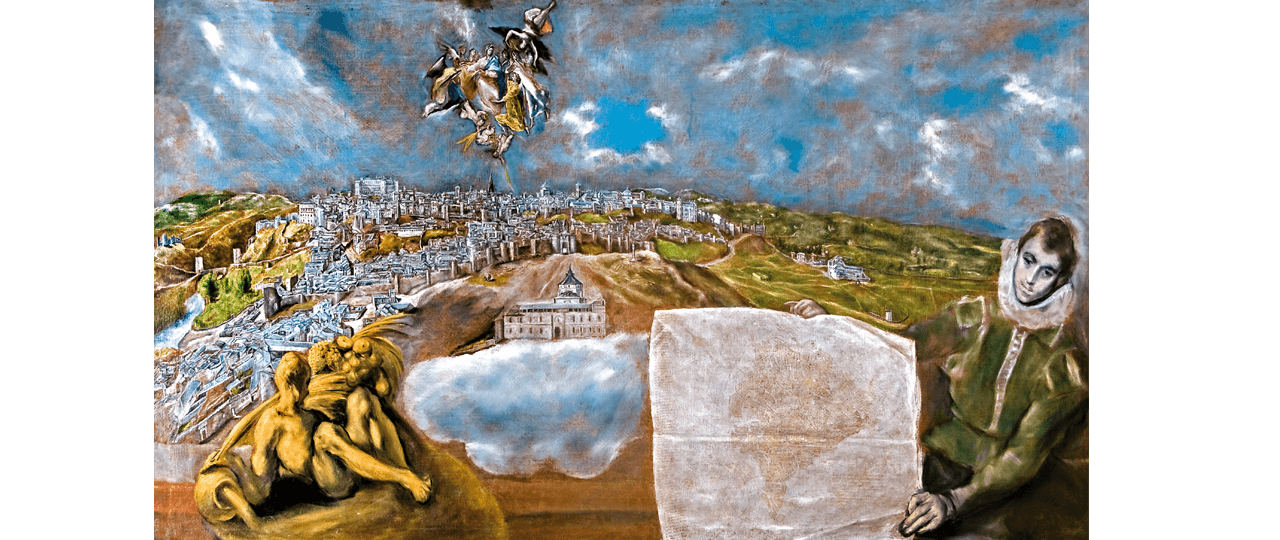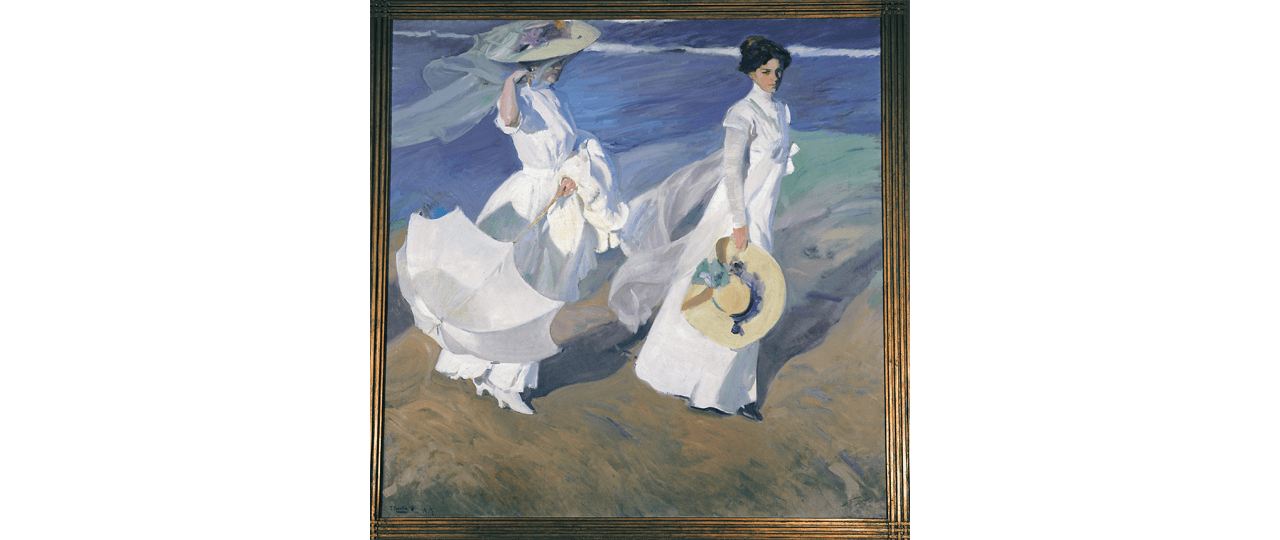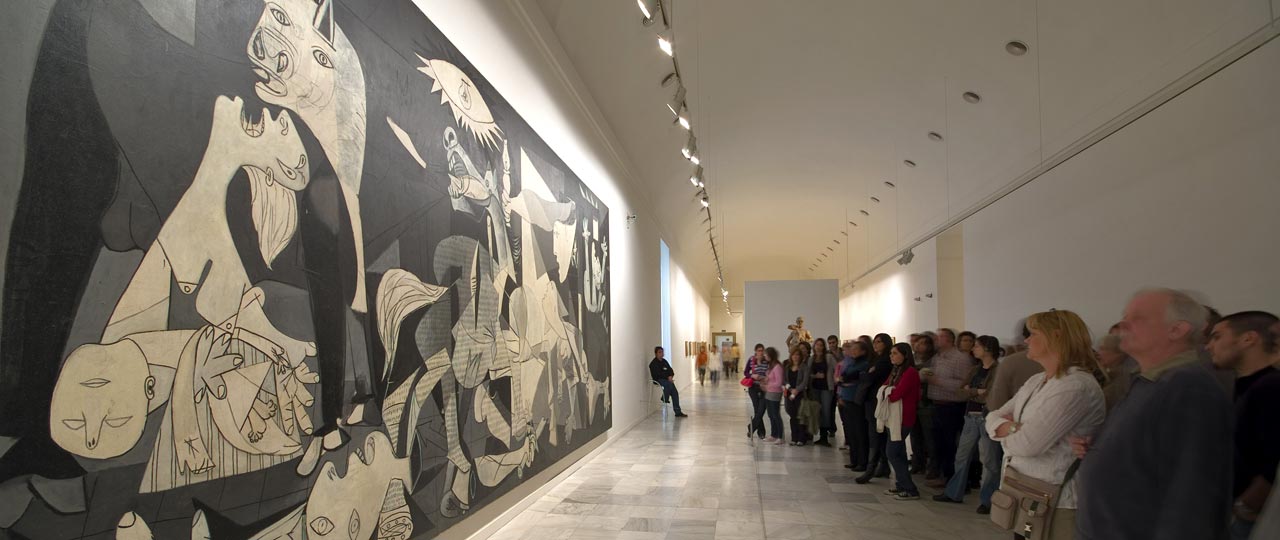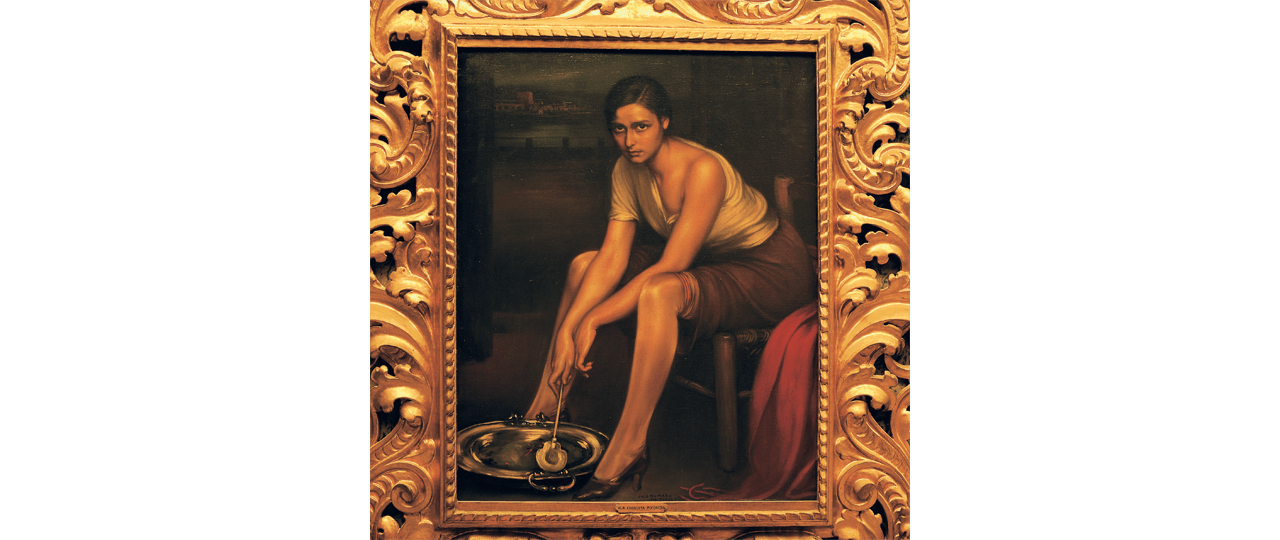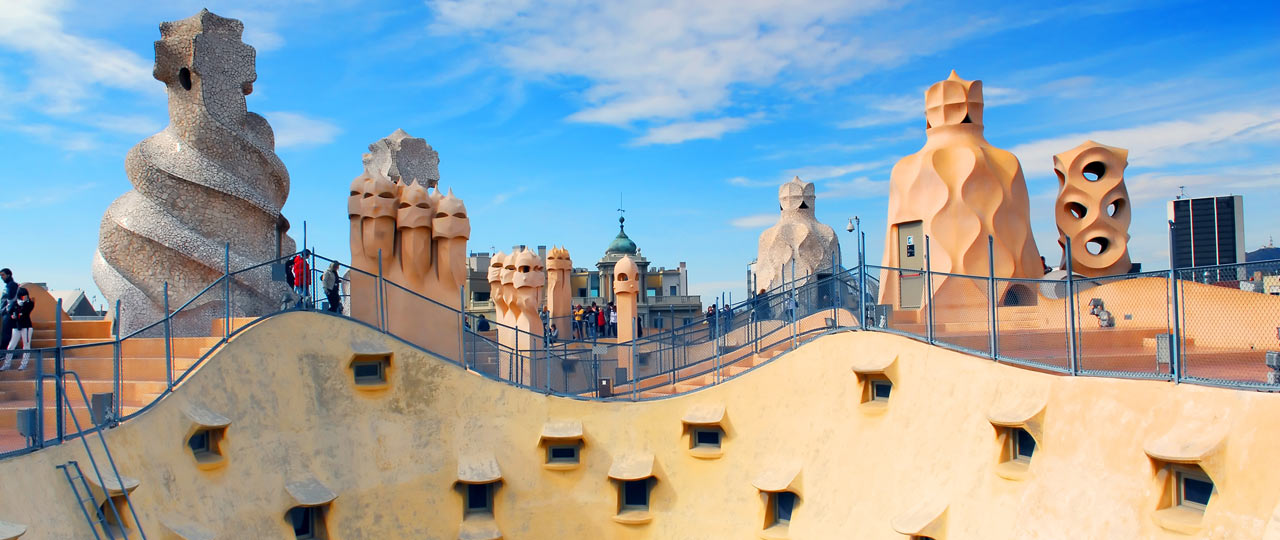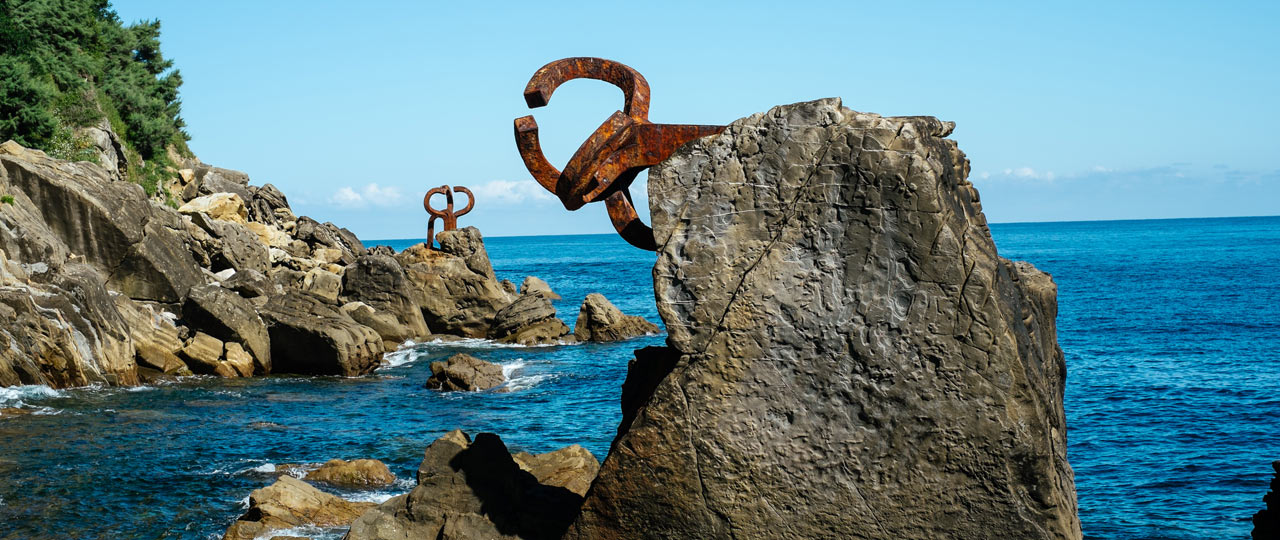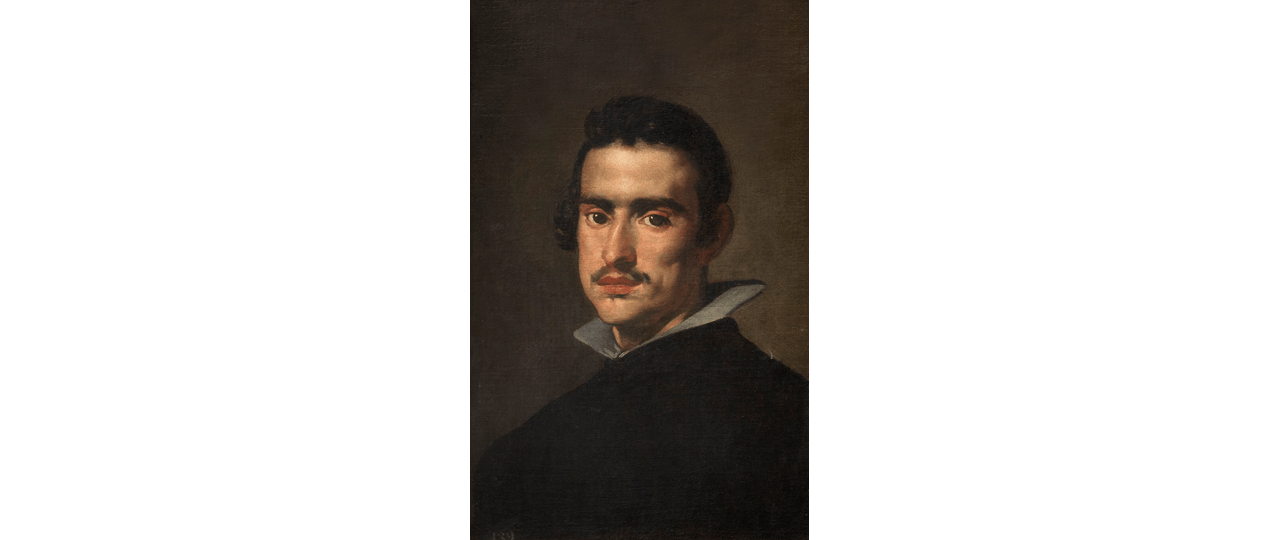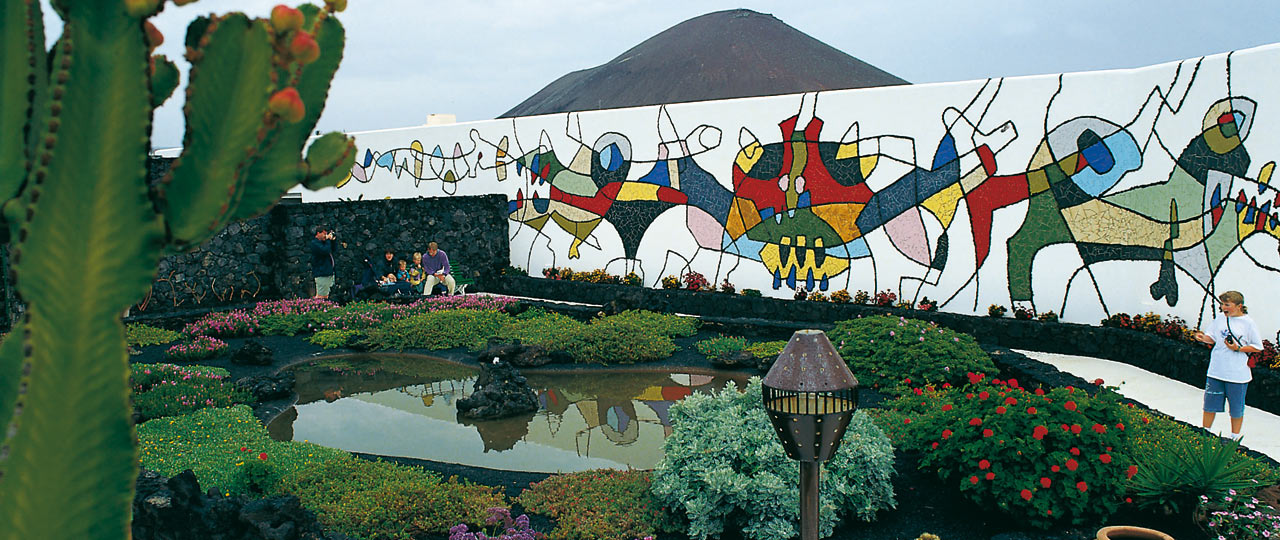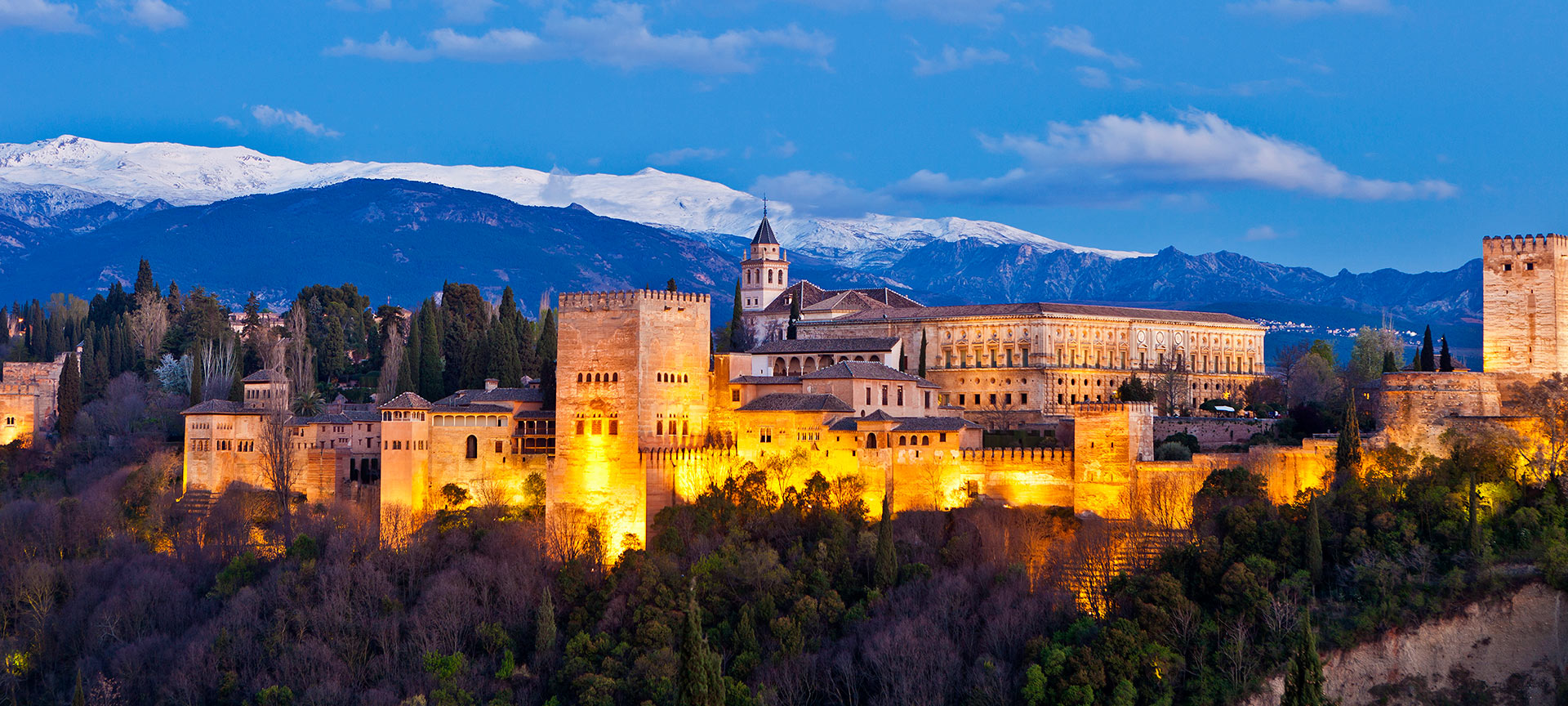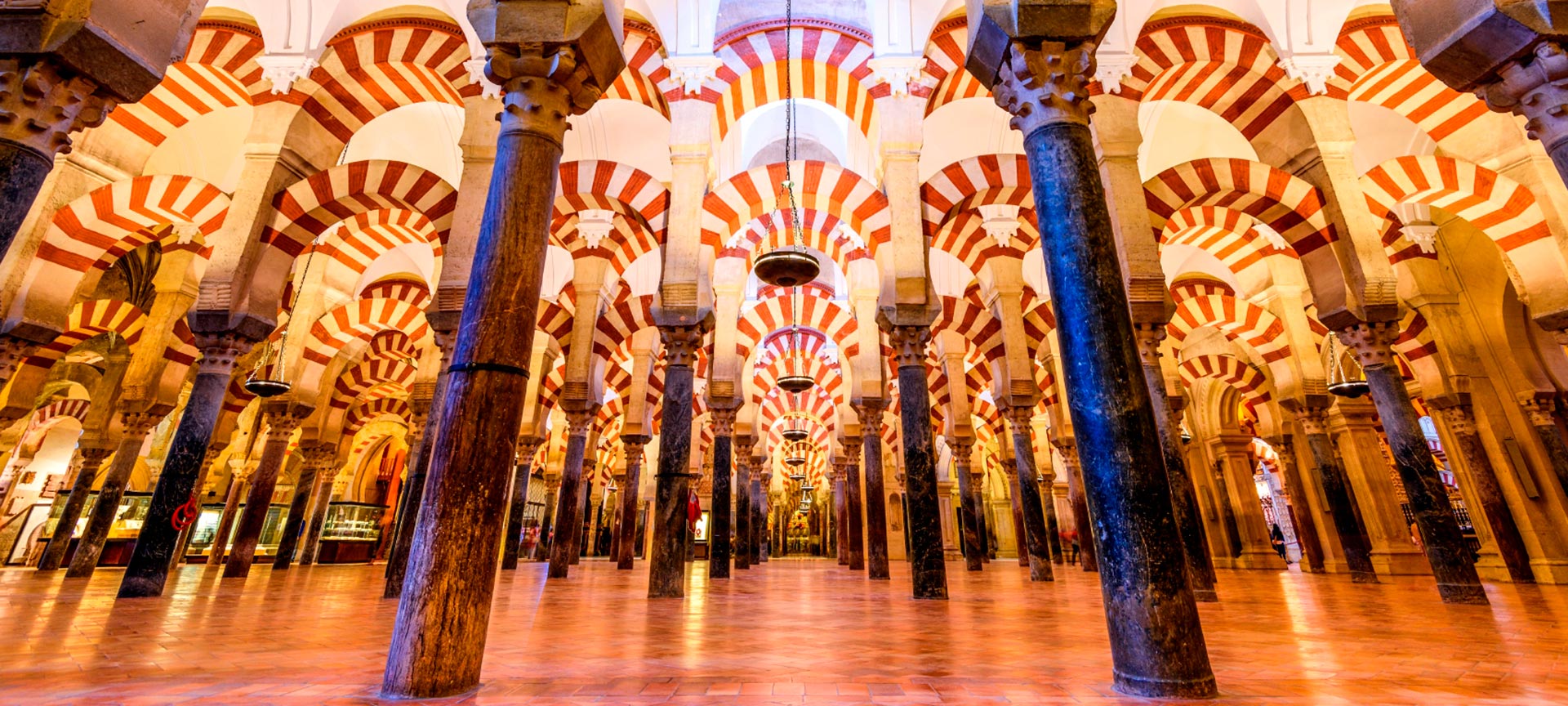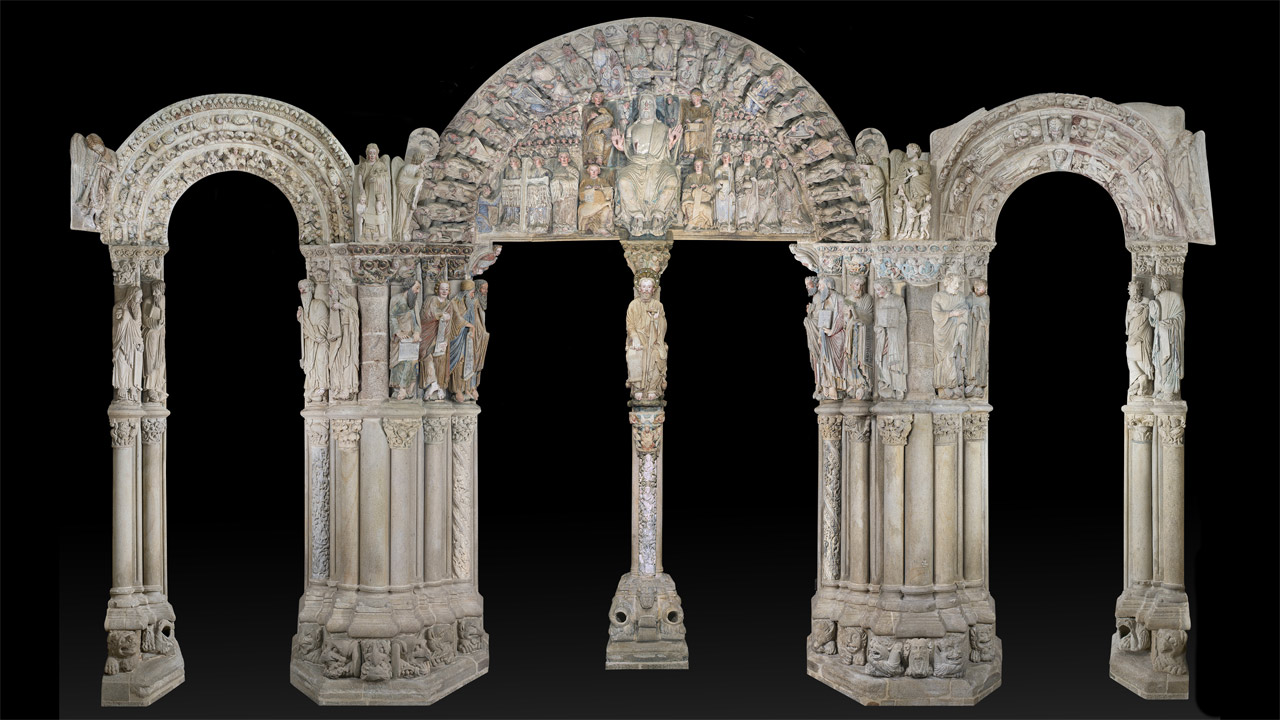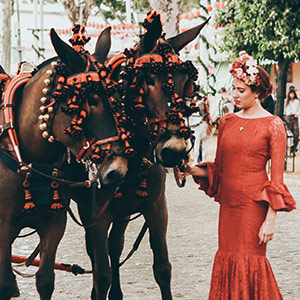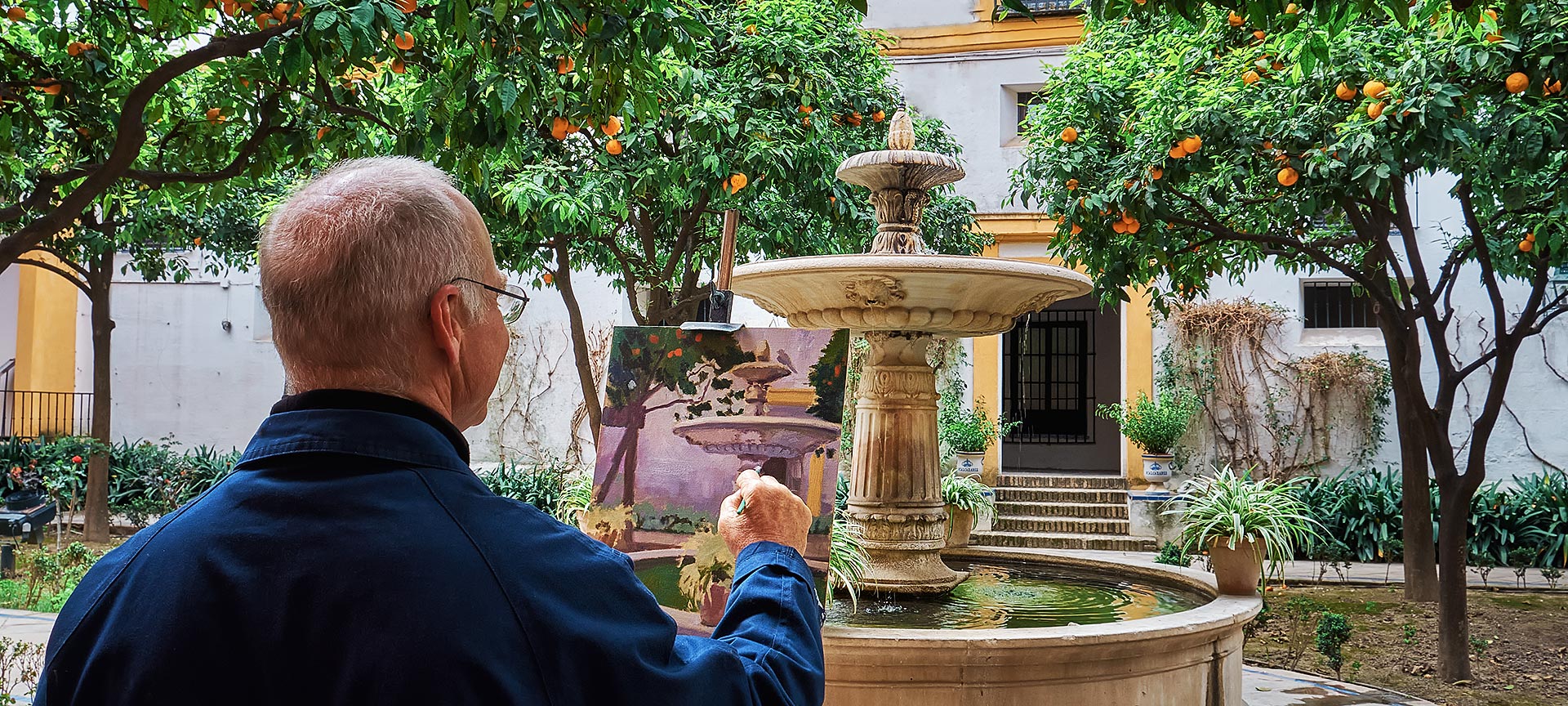
Spanish cities that inspired artists
The colour of a landscape
Occasionally, when walking through the streets of some cities or looking at a landscape at sunset, the image stays in your mind forever, capturing the unique colours of the moment, as if it were a painting. Here are some places and moments tied to cities such as Madrid, Valencia, Barcelona and Toledo that have been immortalised by artists such as Goya, El Greco and Sorolla in some of their most famous works.
Debe activar Javascript para poder utilizar este servicio
-
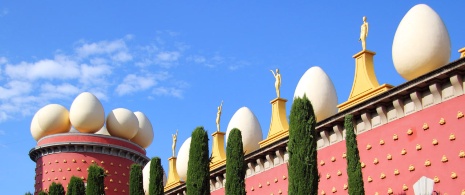
Dalí and Figueres
Welcome to the largest surrealist object in the world! The Dalí Theatre-Museum in Figueres was conceived of by Dalí himself as a complete artistic experience, and his grave is in the crypt there. The Dalí triangle is rounded off with a visit to the Catalan museums of the Portlligat Museum House and the Gala-Dalí Castle in Púbol. Dalí himself stated, “In this privileged place the real and the sublime almost meet. My mystical paradise starts on the plains of the Empordà, surrounded by the Les Alberes hills, and reaches plenitude in Cadaqués Bay. The landscape is my ongoing inspiration.”
-
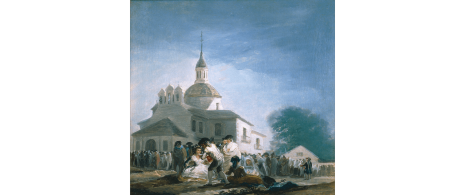
Goya and Madrid
In paintings such as the Hermitage of Saint Isidore on the Saint’s Feast Day, where people are queuing to drink the water from a miraculous fountain, Goya managed to reflect common scenes in Madrid like nobody else could. Walking around the Pradera de San Isidro today is like recreating the happy scenes where the Zaragoza-born artist studied the light and observed the landscapes and the people with a unique perspective.
-
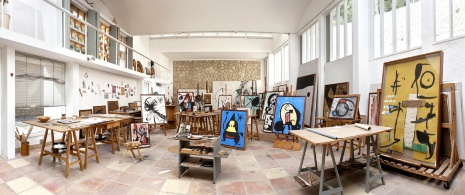
Miró and Palma de Mallorca
“Mallorca is really a very beautiful country. In certain places, the freshness of the first days of creation is still present.” Miró’s words clearly display the special relationship the artist has with the island, where his mother and grandparents are from. The nature and tranquillity are sure to have inspired him, and it is currently possible to visit the Fundación Pilar i Joan Miró and see the artist’s work in his workshops.
-
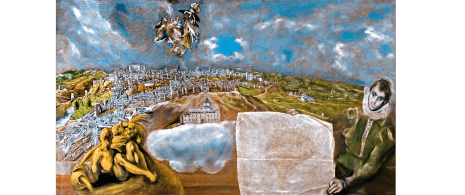
El Greco and Toledo
Walking around Toledo means walking around the city El Greco arrived in 1577 and where he remained for 37 years. The special relationship between artist and city is captured in this painting, for example: View and map of Toledo, showing the modern buildings of the time, such as the Alcázar, the Puerta de Bisagra and the Hospital de Tavera. Toledo's charms remain intact to this day.
-
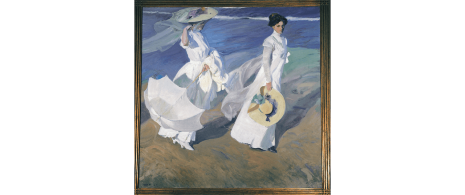
Sorolla and Valencia
Looking at a painting by Sorolla is like feeling the sea breeze across your face and the rays of sun warming your soul. And which beach appears in this painting? It is the beach of Valencia, where Sorolla painted his wife and daughter in the summer of 1909. Perhaps you would like to emulate this walk along the seashore and bring those large blue brushstrokes to life.
-
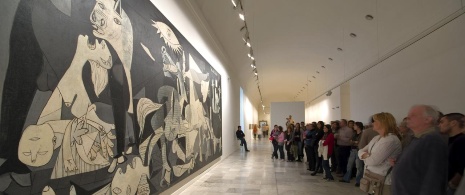
Picasso and Malaga
On 25 October 1881, one of the greatest geniuses of all time was born in Malaga: Pablo Picasso. His Mediterranean home always influenced him and there he painted bullfights and landscapes. Today, the city has a route dedicated to the painter where you can see the house he was born in at Fundación Picasso Málaga. Nevertheless, Picasso and his works of art soon became more universal symbols. The greatest example is his Guernica, which does not depict Malaga but rather the bombings that the Basque town of Guernica endured in 1937. It has become a symbol against brutality and can be seen at the Reina Sofia National Art Museum in Madrid.
-
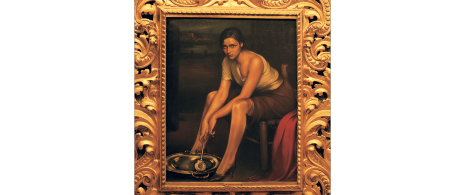
Julio Romero de Torres and Cordoba
The eyes of this young boy, that look directly at you, are hypnotising. Julio Romero de Torres knew how to expertly depict the women of Cordoba, for example in his painting la chiquita piconera. If you look closely, an open door shows the Guadalquivir River, the Roman Bridge and the Calahorra Tower in the background. These are all unmistakable symbols of Cordoba, along with its famous Mosque-Cathedral. Pure Andalusian enchantment
-
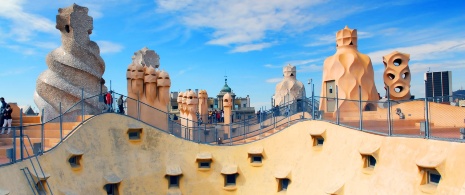
Gaudí and Barcelona
What would Barcelona be like without Gaudí? Probably very different because it would be without the Sagrada Familia Basilica, Casa Batlló, Park Güell, Casa Milà... Although he was born in Reus, the Catalan genius moved to this city in 1870 to study architecture, and this is where he left his most famous mark of modernism. When he died in 1926, many of the Barcelona inhabitants took to the streets to say a final farewell.
-
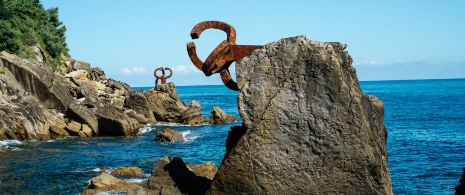
Chillida and San Sebastian
Anyone who goes to the beautiful city of San Sebastian and heads to the end of Ondarreta beach will be surprised by pieces of steel entrenched in the rocks. This is the Wind Comb, a magical place created by Eduardo Chillida. It is a tribute to the city where the sculptor was born and later died in his house on Monte Igueldo. Nature and art, forever connected.
-
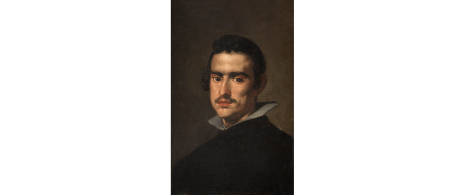
Velázquez and Seville
The beautiful verse by Antonio Machado—“My childhood is memories of a patio in Seville”—could also be applied in part to Velázquez. And it is because one of the most famous artists in history was born in Seville in 1599, before moving to the Spanish Court and creating works such as Las Meninas. He studied art and completed several paintings in Seville before he turned 24. For example, his “mysterious” work Portrait of a Man dates from the same time as his Sevillian works and some artists have speculated that it could be a self portrait. In Velázquez’s time, Seville was already a very wealthy city and a melting pot of great painters. This Andalusian city, where the genius was born, still charms visitors to this day.
-
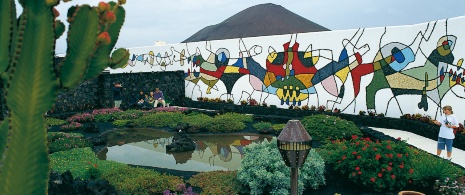
César Manrique and Lanzarote
It could be said that a large part of the island of Lanzarote is the work of César Manrique. The stunning places created by the artist such as the Jameos del Agua, the Monumento al Campesino and the Mirador del Río make up the island’s current appearance. He also fought to preserve the traditional architectural style of the place and respect nature. In fact, he stated, “For me, it was the most beautiful place on Earth, and I realised that if people could see it through my eyes, they’d think the same.” His own home can be visited in the César Manrique Foundation.
Travel plans for inspiring you

